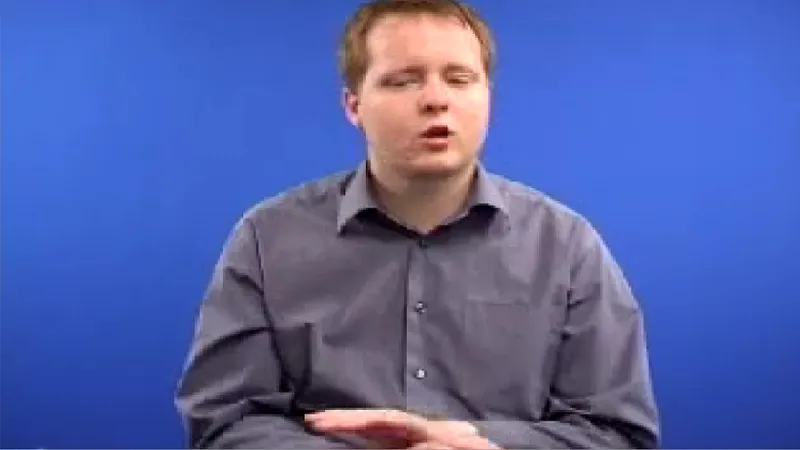Sign
No in Sign Language – Video and Image Included
Today, we’re going to learn to say “no” in sign language. It’s one of the first words you learn in your sign language journey. If your loved one or your friends are deaf or hard of hearing, you probably learn sign language to communicate with them.
Well, you’ve come to the right place. So we’ll teach you how to sign “no” in just a few simple steps.
But know that we’re not going to address sign languages like American Sign Language ASL or Baby Sign Language. We’re just going to discuss British Sign Language BSL here.
Table of Content
“No” in Sign Language
Take a look at the video down below. Don’t worry if it’s too fast for you. We’ll discuss the steps below.
1. Keep a normal posture. Cross both your palms and if you’re sitting somewhere, put them on your lap.
2. Start by crossing your palms over one another. Both of your palms will face the floor.
3. Spread them both outwards, towards both left and right.
4. Once extended enough, bring them back to their original position.
5. Say the word ‘No’ in you’re signing the word.
6. Shake your head left and right. This is the same gesture we use to mean no.
7. Depending on the context, it’s always a good idea to keep a smile on your face.
Conclusion
So, that’s how we say no in sign language. Make sure that the one you’re communicating with is seeing you clearly. Anyone can easily misinterpret signs if the signer’s posture or gestures aren’t clearly visible. Practice these steps a few times, mimic the video a few times, and you’ll be all good to go. Also, remember to keep a regular practice, or you’ll quickly forget the sign.
What to Read Next:
- Shut Up in Sign Language – Video & Image Included
- Hello in Sign Language – Video and Image Include
- Woman in Sign Language – Video & Image Included
- Lesbian in Sign Language – Video & Image Included
- Friend in Sign Language – Video and Image Include
- Stop in Sign Language – Video & Image Included
- Family in Sign Language – Video & Image Included




